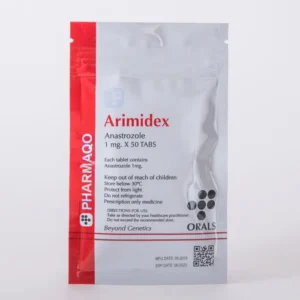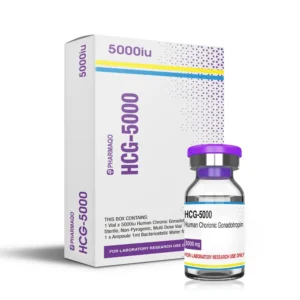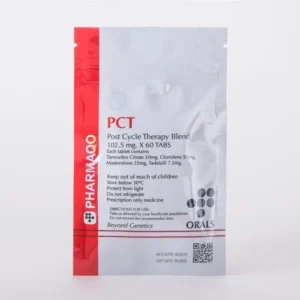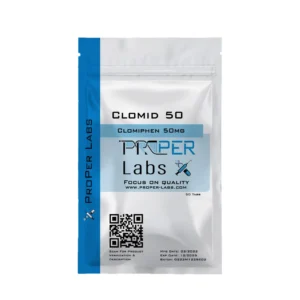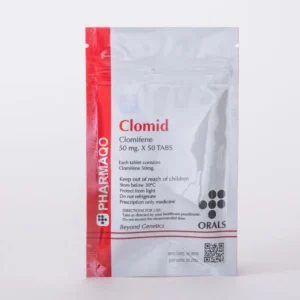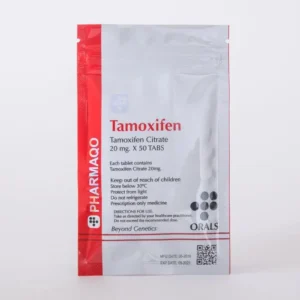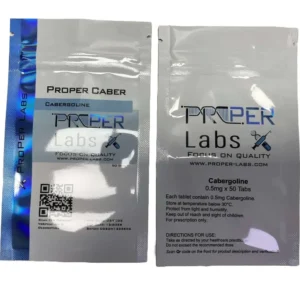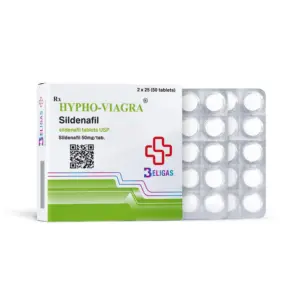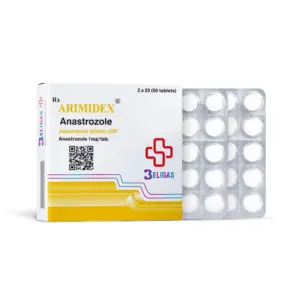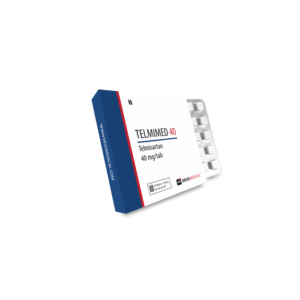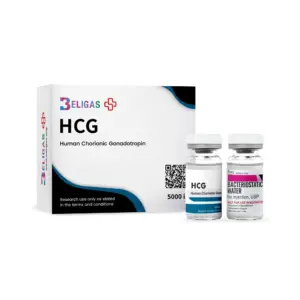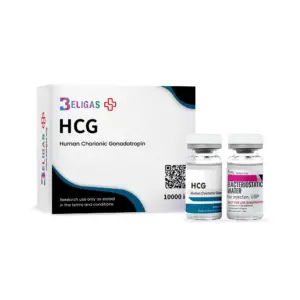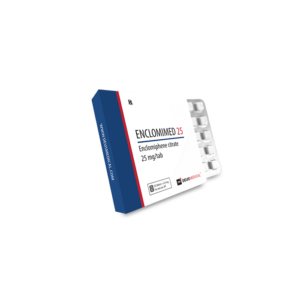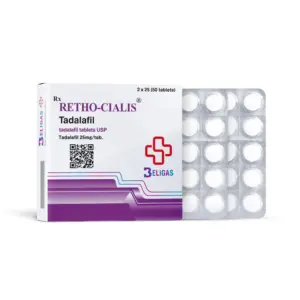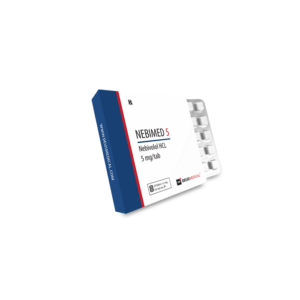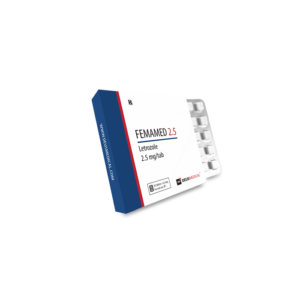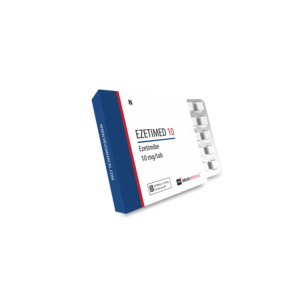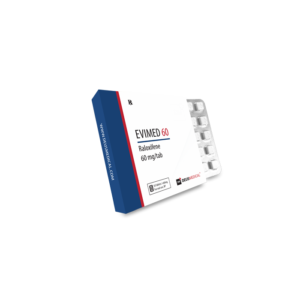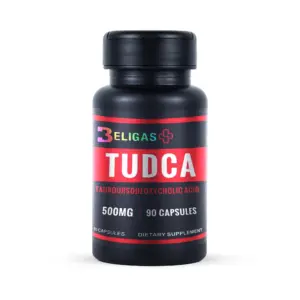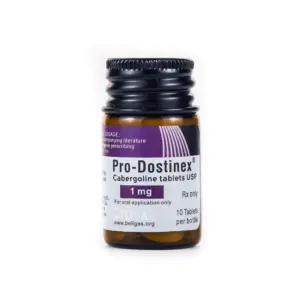Search
Filter by
Filter by price
Filter by Brand
Features
Stock status
Top rated products
-
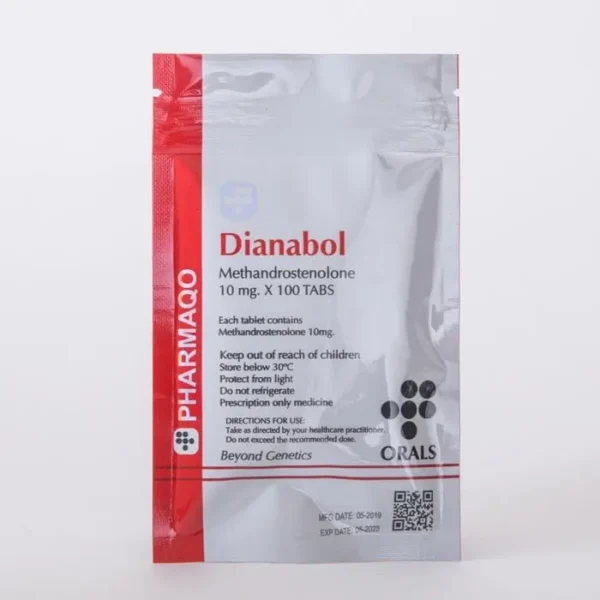 Dianabol | Pharmaqo Labs
Dianabol | Pharmaqo Labs
$59.90Original price was: $59.90.$39.90Current price is: $39.90. -
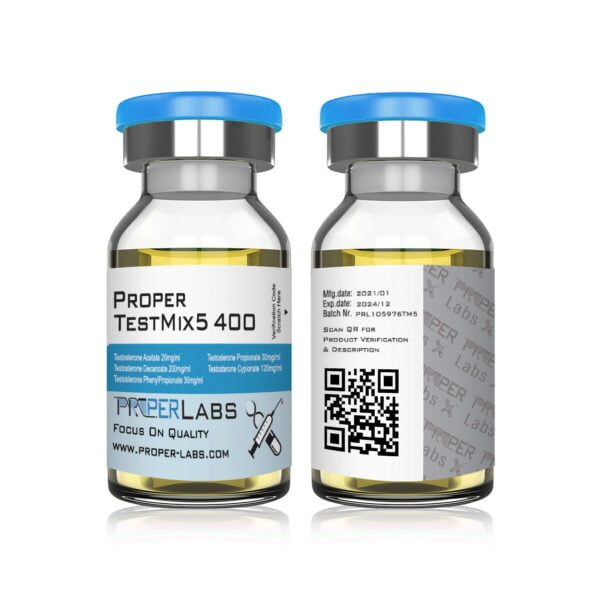 ProperTestMix5 400 | Proper Labs
$50.90
ProperTestMix5 400 | Proper Labs
$50.90
-
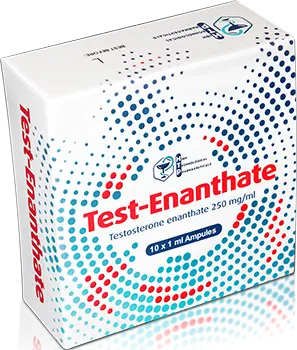 Test-Enanthate 250 | HT-Pharm
$40.90
Test-Enanthate 250 | HT-Pharm
$40.90
-
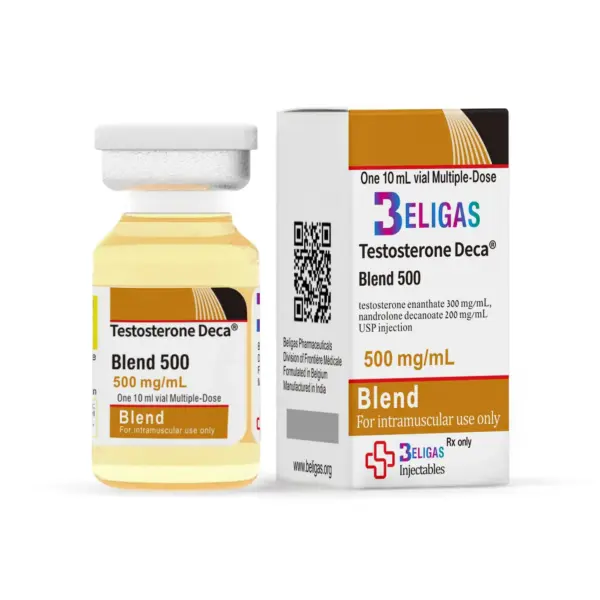 Testosterone Deca Blend - 500 mg/mL | Beligas USA
Testosterone Deca Blend - 500 mg/mL | Beligas USA
$119.90Original price was: $119.90.$89.90Current price is: $89.90. -
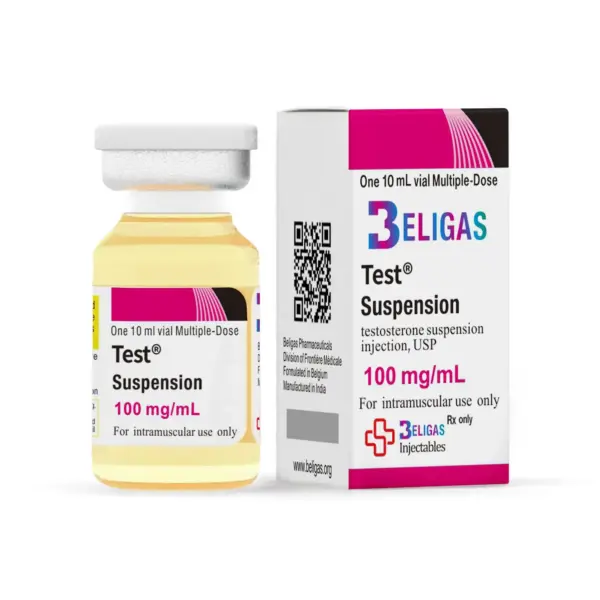 Test Suspension - 100mg/mL | Beligas USA
Test Suspension - 100mg/mL | Beligas USA
$59.90Original price was: $59.90.$39.90Current price is: $39.90. -
 S4 25 | Deus Medical
$54.90
S4 25 | Deus Medical
$54.90
Product categories
- Anadrol Steroids
- Anavar Pills
- Anti-Estrogen Meds
- Aromasin
- Boldenone
- Bulking Steroids
- Clenbuterol
- Cutting Steroids
- Dianabol Tablets
- Drostanolone
- Halotestin
- HGH
- HOT Sale
- Injectable Steroids
- Liothyronine Sodium
- Manufacturers
- Nandrolone Steroids
- Oral Steroids
- PCT Supplements
- Peptides
- Primobolan
- Proviron
- SARMS
- Semaglutide
- SERMs
- Sexual Health Meds
- Testosterone Blends
- Testosterone Steroids
- Tirzapatide
- Trenbolone Steroids
- Trestolone Steroids
- Turinabol
- Weight Loss Supplements
- Winstrol Pills
Showing all 31 resultsSorted by popularity
Anastrozole
Arimidex | Pharmaqo Labs
(Worldwide Delivery Available)
EU Based Warehouse (5-14 Days Delivery)
Manufacturer: Pharmaqo labs
Active substance: Anastrozole
Form: Tablets / Pills
Unit: 50 Pills / 1mg each
Human chorionic gonadotropin
HCG 5000 | Pharmaqo Labs
(Worldwide Delivery Available)
EU Based Warehouse (5-14 Days Delivery)
Manufacturer: Pharmaqo labs
Main substance: Human Chorionic Gonadotropin
Form: Powder (Bac. Water included)
Unit: 5000iu
Post Cycle Therapy Blend
PCT Tabs 102.5 | Pharmaqo labs
(Worldwide Delivery Available)
EU Based Warehouse (5-14 Days Delivery)
Manufacturer: PharmaQo labs
Active substance:
Tamoxifen Citrate (20mg)
Clomifene (50mg)
Tadalafil (7.5mg)
Masterolone (25mg)
Form: Tablets / Pills
Unit: 60 Pills / 102.5mg each
Clomiphene Citrate
Clomid 50 | Proper Labs
$41.90(Worldwide Delivery Available)
EU Based Warehouse (5-14 Days Delivery)
Manufacturer: Proper Labs
Active substance: Clomiphene Citrate
Form: Tablets / Pills
Unit: 50 Pills / 50mg each
Clomiphene Citrate
Clomid | Pharmaqo labs
(Worldwide Delivery Available)
EU Based Warehouse (5-14 Days Delivery)
Manufacturer: Pharmaqo labs
Active substance: Clomiphene Citrate
Form: Tablets / Pills
Unit: 50 Pills / 50mg each
Anastrozole 1mg
Arimidex | Proper Labs
$39.90(Worldwide Delivery Available)
EU Based Warehouse (5-14 Days Delivery)
Manufacturer: Proper Labs
Main substance: Anastrazole
Form: Tablets / Pills
Unit: 50 Pills / 1mg each
Pack: Sachet
Nolvadex / Tamoxifen Citrate
Tamoxifen 20 | Pharmaqo labs
(Worldwide Delivery Available)
EU Based Warehouse (5-14 Days Delivery)
Manufacturer: Pharmaqo labs
Active substance: Tamoxifen Citrate
Form: Tablets / Pills
Unit: 50 Pills / 20mg each
Clomiphene 50mg
Clomid – 50mg/50tabs | Beligas USA
(Available only in United States)
Quick USA Domestic Delivery (3-7 Working Days)
Cabergoline
ProperCabaser 0.5 | Proper Labs
$63.90(Worldwide Delivery Available)
EU Based Warehouse (5-14 Days Delivery)
Manufacturer: Proper Labs
Main substance: Cabergoline
Form: Tablets / Pills
Unit: 50 Pills / 0.5mg each
Pack: Sachet
Sildenafil 50mg
Hypho-Viagra – 50mg/50tabs | Beligas USA
(Available only in United States)
Quick USA Domestic Delivery (3-7 Working Days)
Nolvadex
Tamoxifen 20 | Proper Labs
$38.90(Worldwide Delivery Available)
EU Based Warehouse (5-14 Days Delivery)
Manufacturer: Proper Labs
Main substance: Tamoxifen Citrate
Form: Tablets / Pills
Unit: 50 Pills / 20mg each
Pack: Sachet
Anastrozole
Arimidex – 1mg/50tabs | Beligas USA
(Available only in United States)
Quick USA Domestic Delivery (3-7 Working Days)
Tamoxifen Citrate 20mg/50tabs
NOLVAMED 20 | Deus Medical
$35.90Also known as: Tamoxifen Citrate, Nolvadex, “Nolva”
Type: Oral selective estrogen receptor modulator (SERM) tablet
Uses: Post-cycle therapy, estrogen control, gynecomastia prevention
Benefits/Effects: Stimulates natural testosterone production, blocks estrogen receptors, reduces gynecomastia risk, restores hormonal balance
Dosage: 20mg/tab, typical 20–40mg per day during PCT
Users: Bodybuilders, athletes, TRT patients in recovery phases
Avoid: Pregnancy, breastfeeding, liver disease, individuals without PCT needs
Sildenafil Citrate 20mg/50tabs
VIAMED 20 | Deus Medical
$19.90Also known as: Sildenafil Citrate, Viagra, “Blue Pill”
Type: Oral PDE5 inhibitor (tablet)
Uses: Erectile dysfunction treatment, improved blood flow, performance support
Benefits/Effects: Enhanced erectile function, improved circulation, increased endurance, short onset of action
Dosage: 20mg/tab, typical 20–100mg as needed before activity
Users: Men with erectile dysfunction, athletes seeking improved blood flow
Avoid: Heart issues, nitrate medications, pregnancy, breastfeeding
Telmisartan 40mg/50tab
TELMIMED 40 | Deus Medical
$24.90Also known as: Telmisartan, Micardis, “Telmi”
Type: Oral angiotensin II receptor blocker (tablet)
Uses: Blood pressure control, cardiovascular support, protection during steroid cycles
Benefits/Effects: Reduced blood pressure, improved cardiovascular health, kidney protection, metabolic support
Dosage: 40mg/tab, typical 20–80mg per day
Users: Bodybuilders, athletes, patients with hypertension
Avoid: Pregnancy, breastfeeding, severe liver or kidney disease
Tadalafil 5mg/50tabs
CIAMED 5 | Deus Medical
$24.90Also known as: Tadalafil, Cialis, “Weekend Pill”
Type: Oral PDE5 inhibitor (tablet)
Uses: Erectile dysfunction treatment, improved blood flow, performance support
Benefits/Effects: Enhanced erectile function, increased endurance, improved circulation, long duration of action
Dosage: 5mg/tab, typical 5–20mg as needed or daily low-dose protocol
Users: Men with erectile dysfunction, athletes seeking improved blood flow
Avoid: Heart issues, nitrate medications, pregnancy, breastfeeding
Human Chorionic Gonadotropin 5000iu
HCG 5,000 IU | Beligas USA
(Available only in United States)
Quick USA Domestic Delivery (3-7 Working Days)
Human Chorionic Gonadotropin 10000iu
HCG 10,000 IU | Beligas USA
(Available only in United States)
Quick USA Domestic Delivery (3-7 Working Days)
Dapoxetine HCL 30mg/50tabs
PRILIMED 30 | Deus Medical
$19.90Also known as: Dapoxetine, Priligy
Type: Oral selective serotonin reuptake inhibitor (SSRI) tablet
Uses: Premature ejaculation treatment, sexual performance support
Benefits/Effects: Delayed ejaculation, improved control, enhanced sexual confidence
Dosage: 30mg/tab, typical 30–60mg taken 1–3 hours before activity
Users: Men with premature ejaculation
Avoid: Heart issues, liver or kidney disease, pregnancy, breastfeeding, concurrent SSRI or MAOI use
Enclomiphene Citrate 25mg/50tabs
ENCLOMIMED 25 | Deus Medical
$69.90Also known as: Enclomiphene Citrate, Enclomid
Type: Oral selective estrogen receptor modulator (SERM) tablet
Uses: Post-cycle therapy, testosterone recovery, fertility support
Benefits/Effects: Stimulates natural testosterone production, restores hormonal balance, supports fertility, reduces estrogenic side effects
Dosage: 25mg/tab, typical 12.5–50mg per day during PCT
Users: Bodybuilders, athletes, men with low testosterone or fertility issues (under prescription)
Avoid: Pregnancy, breastfeeding, liver disease, individuals without PCT or fertility treatment needs
Cabergoline 0.5mg/50tabs
CABERMED 0.5 | Deus Medical
Also known as: Cabergoline, Dostinex, Cabaser, “Caber”
Type: Oral dopamine agonist (tablet)
Uses: Prolactin control, post-cycle therapy, support during 19-nor steroid use
Benefits/Effects: Reduced prolactin levels, prevention of prolactin-related side effects, improved hormonal balance, enhanced libido
Dosage: 0.5mg/tab, typical 0.25–0.5mg twice per week
Users: Bodybuilders, athletes using 19-nor compounds, TRT patients
Avoid: Pregnancy, breastfeeding, heart valve disorders, individuals without prolactin management needs
Exemestane 25mg/25tabs
AROMAMED 25 | Deus Medical
$35.90Also known as: Exemestane, Aromasin, “Arom”
Type: Oral aromatase inhibitor (tablet)
Uses: Estrogen control, post-cycle therapy, gynecomastia prevention
Benefits/Effects: Lowered estrogen levels, reduced water retention, decreased gynecomastia risk, improved hormonal balance
Dosage: 25mg/tab, typical 12.5–25mg every other day or as needed
Users: Bodybuilders, athletes on anabolic steroids, TRT patients
Avoid: Pregnancy, breastfeeding, individuals without estrogen management needs
Tadalafil 25mg
Retho-Cialis 25mg/50tabs | Beligas USA
(Available only in United States)
Quick USA Domestic Delivery (3-7 Working Days)
Nebivolol 5mg/50tabs
NEBIMED 5 | Deus Medical
$19.90Also known as: Nebivolol, Bystolic, “Nebiv”
Type: Oral beta-blocker (tablet)
Uses: Blood pressure control, cardiovascular support, heart rate management
Benefits/Effects: Reduced blood pressure, improved heart function, lowered heart rate, enhanced cardiovascular protection
Dosage: 5mg/tab, typical 2.5–10mg per day
Users: Patients with hypertension, bodybuilders and athletes needing cardiovascular support
Avoid: Severe liver disease, bradycardia, heart block, pregnancy, breastfeeding
Letrazole 2.5mg/50tabs
FEMAMED 2.5 | Deus Medical
$42.90Also known as: Letrozole, Femara, “Letro”
Type: Oral aromatase inhibitor (tablet)
Uses: Estrogen control, gynecomastia prevention, post-cycle therapy, fertility treatment
Benefits/Effects: Strong estrogen suppression, reduced water retention, minimized gynecomastia risk, restored hormonal balance
Dosage: 2.5mg/tab, typical 0.5–2.5mg per day or as needed
Users: Bodybuilders, athletes on anabolic steroids, TRT patients, women in fertility treatment (under prescription)
Avoid: Pregnancy, breastfeeding, individuals without estrogen management needs
Ezetimibe 10mg/50tabs
EZETIMED 10 | Deus Medical
$29.90Also known as: Ezetimibe, Zetia
Type: Oral cholesterol absorption inhibitor (tablet)
Uses: Cholesterol reduction, cardiovascular health support, lipid management
Benefits/Effects: Lowered LDL cholesterol, reduced total cholesterol, improved cardiovascular protection, complementary to statin therapy
Dosage: 10mg/tab, typical 10mg once daily
Users: Patients with high cholesterol, individuals requiring cardiovascular support
Avoid: Liver disease, pregnancy, breastfeeding, concurrent use with certain lipid-lowering drugs without medical supervision
Raloxifene HCL 60mg/50tabs
EVIMED 60 | Deus Medical
$29.90Also known as: Raloxifene Hydrochloride, Evista
Type: Oral selective estrogen receptor modulator (SERM) tablet
Uses: Osteoporosis prevention and treatment, estrogen control, breast cancer risk reduction
Benefits/Effects: Improved bone density, reduced risk of fractures, estrogen modulation, lowered risk of hormone-related cancers
Dosage: 60mg/tab, typical 60mg once daily
Users: Women at risk of osteoporosis or breast cancer (under prescription)
Avoid: Pregnancy, breastfeeding, history of blood clots, liver disease
Clomiphene Citrate 50mg/50tabs
CLOMIMED 50 | Deus Medical
$32.90Also known as: Clomiphene Citrate, Clomid
Type: Oral selective estrogen receptor modulator (SERM) tablet
Uses: Post-cycle therapy, testosterone recovery, estrogen control
Benefits/Effects: Stimulates natural testosterone production, restores hormonal balance, reduces estrogenic side effects, supports fertility
Dosage: 50mg/tab, typical 50–100mg per day during PCT
Users: Bodybuilders, athletes, TRT patients in recovery phases
Avoid: Pregnancy, breastfeeding, liver disease, individuals without PCT needs
Anastrozole 1mg/50tabs
ARIMIMED 1 | Deus Medical
$32.90Also known as: Anastrozole, Arimidex, “A-dex”
Type: Oral aromatase inhibitor (tablet)
Uses: Estrogen control, post-cycle therapy, gynecomastia prevention
Benefits/Effects: Reduced estrogen levels, prevention of water retention, minimized risk of gynecomastia, improved hormone balance
Dosage: 1mg/tab, typical 0.5–1mg every other day or as needed
Users: Bodybuilders, athletes on anabolic steroids, TRT patients
Avoid: Pregnancy, breastfeeding, individuals without estrogen management needs
Tauroursodeoxycholic Acid 500mg
TUDCA – 500mg/90caps | Beligas USA
(Available only in United States)
Quick USA Domestic Delivery (3-7 Working Days)
Cabergoline - 1mg
Pro Dostinex – 1mg/10tabs | Beligas USA
(Available only in United States)
Quick USA Domestic Delivery (3-7 Working Days)
Buy PCT Online in USA | Steroiduck
PCT (Post-Cycle Therapy) helps restore natural hormone balance after a supplement cycle, supporting muscle retention and recovery. Key PCT supplements, like Clomid, Nolvadex, and Arimidex, aid in revitalizing testosterone production and managing estrogen levels for effective post-cycle gains. Steroiduck offers PCT for sale, providing a trusted source for maintaining muscle gains and overall well-being through balanced post-cycle therapy options.
General Product Information
Recommended Dosage
- HCG: 500-1000 IU every other day, typically used toward the end of a supplement cycle for 2-3 weeks before moving on to SERMs.
- Clomid (SERM): 50mg daily, recommended for 4-6 weeks based on recovery needs.
- Nolvadex (SERM): 20mg per day for 4-6 weeks.
- AIs: Arimidex, beginning at 0.5mg every other day, with dosage adjusted as needed.
Minimum/Maximum Cycle Length: 4-8 weeks
Ideal Cycle Length: 4-6 weeks.
You can find more detailed information here.
PCT Product Benefits
| Hormonal Stability
SERMs help maintain testosterone while managing estrogen, promoting balanced hormone levels. |
Retention of Muscle Gains
By stabilizing testosterone and estrogen, PCT supports muscle retention and recovery. |
| Libido Restoration
These products restore natural libido by encouraging balanced testosterone levels. |
Mental Balance
Balanced hormones reduce the mental stress often seen with hormonal fluctuations after a cycle. |
What You’ll Need to Get Started
- PCT Medication (e.g., Clomid, Nolvadex, Arimidex)
- Syringes and Needles (if using injectables)
- Sterile Water or Bacteriostatic Water (for reconstitution if required)
- Alcohol Swabs (to clean injection sites and vial tops)
- A Pill Organizer (optional, for easy tracking of doses)
- Storage Case (to keep everything organized and safely stored)
Best Stacks for PCT
Tamoxifen (Nolvadex): Known for its anti-estrogen properties, Tamoxifen helps prevent estrogen-related side effects, such as gynecomastia, during PCT, promoting natural testosterone production.
HCG: Human Chorionic Gonadotropin aids in restoring natural testosterone levels by mimicking the luteinizing hormone, supporting hormonal balance post-cycle and maintaining muscle gains.
Clenbuterol: Primarily a fat burner, Clenbuterol also preserves muscle during PCT by increasing metabolic rate, helping to retain lean mass while transitioning off cycles.
Buy PCT Online in the USA and Canada
For customers in the USA and Canada seeking the best selection of PCT products, Steroiduck.com provides high-quality options like Clomid, Nolvadex, and Arimidex. Our platform ensures a smooth purchasing experience with secure transactions and reliable delivery, giving you peace of mind with each order. Buy your PCT products today at Steroiduck.com and support your post-cycle recovery with confidence.

